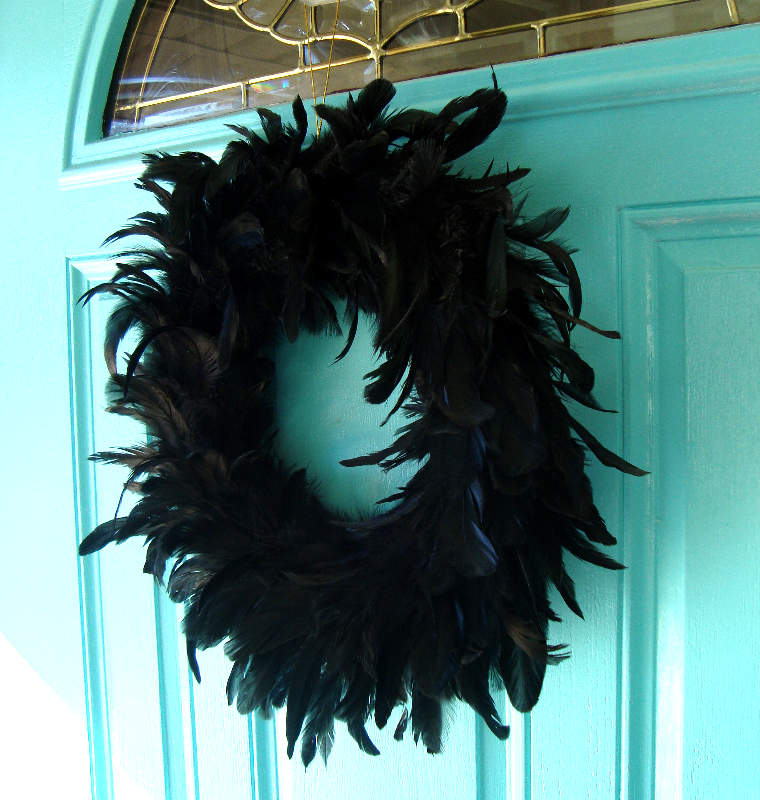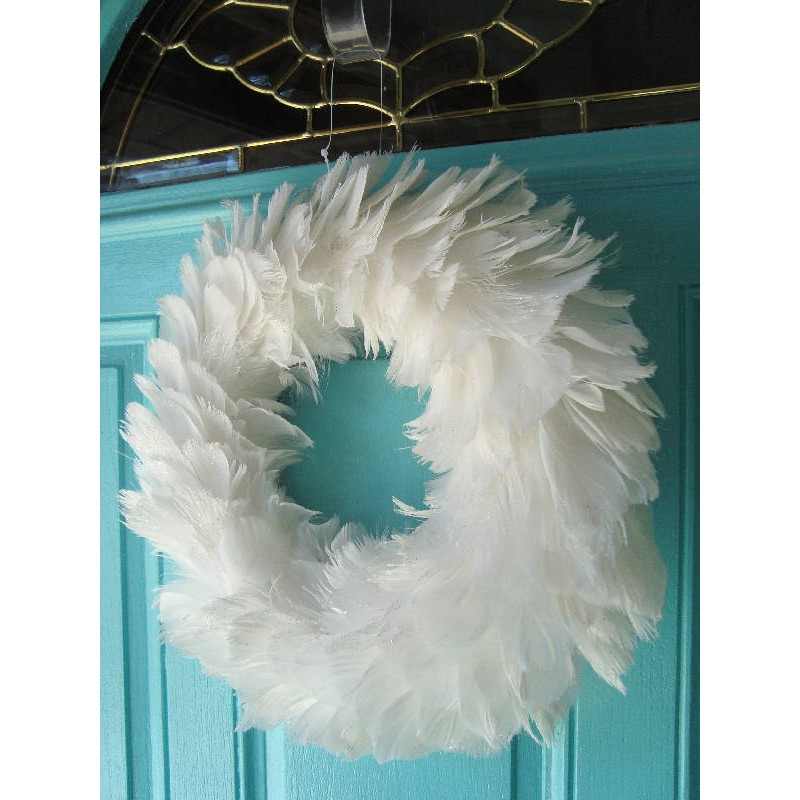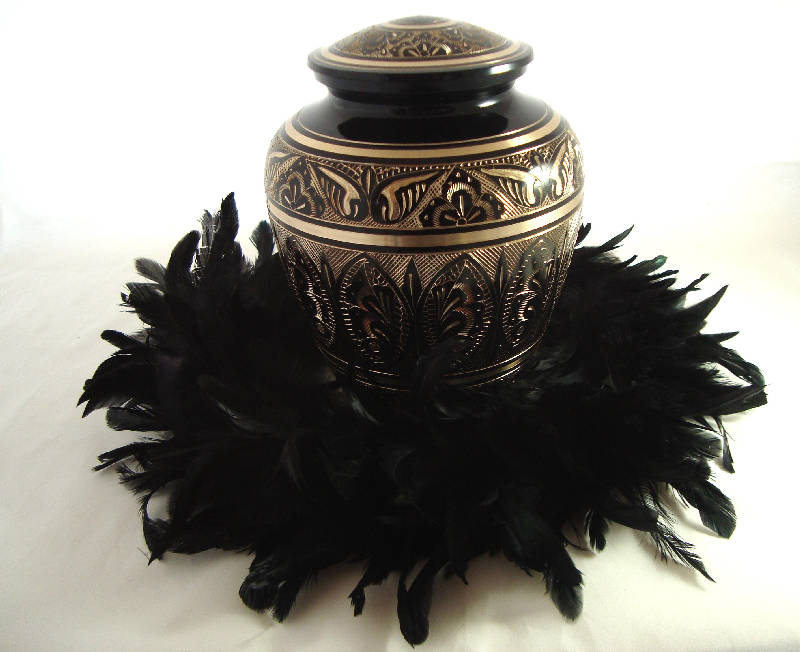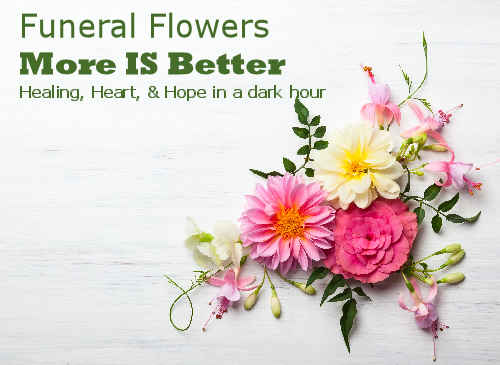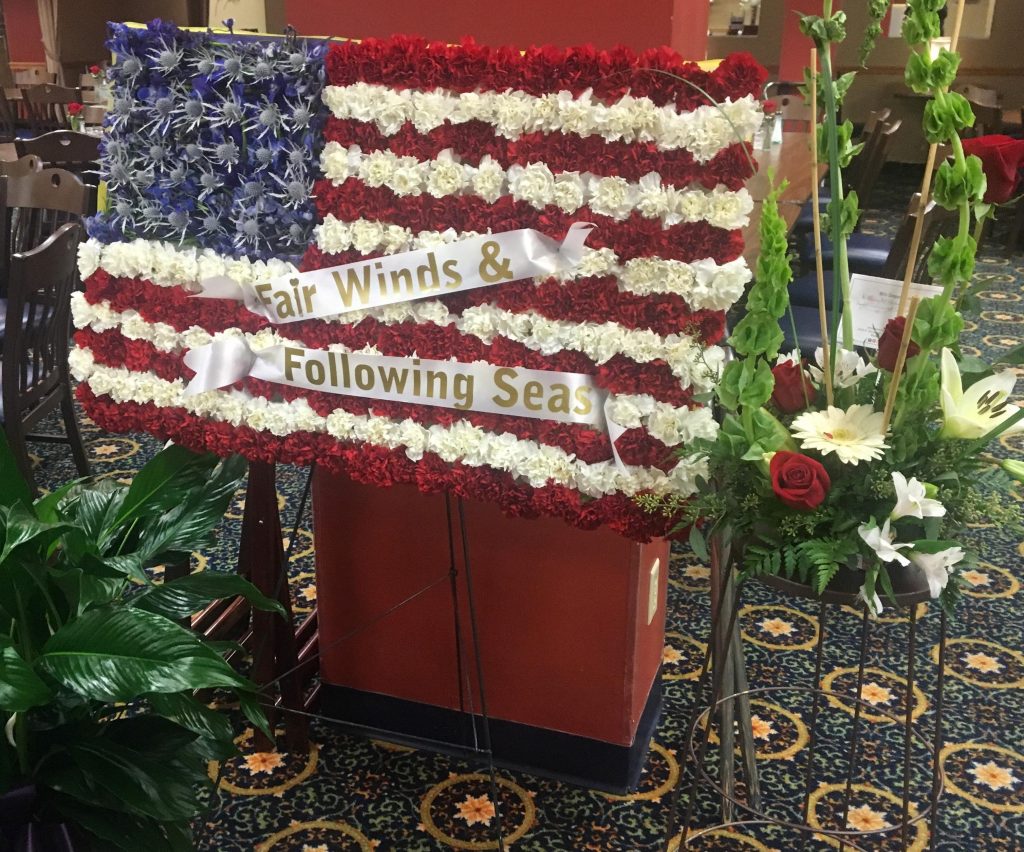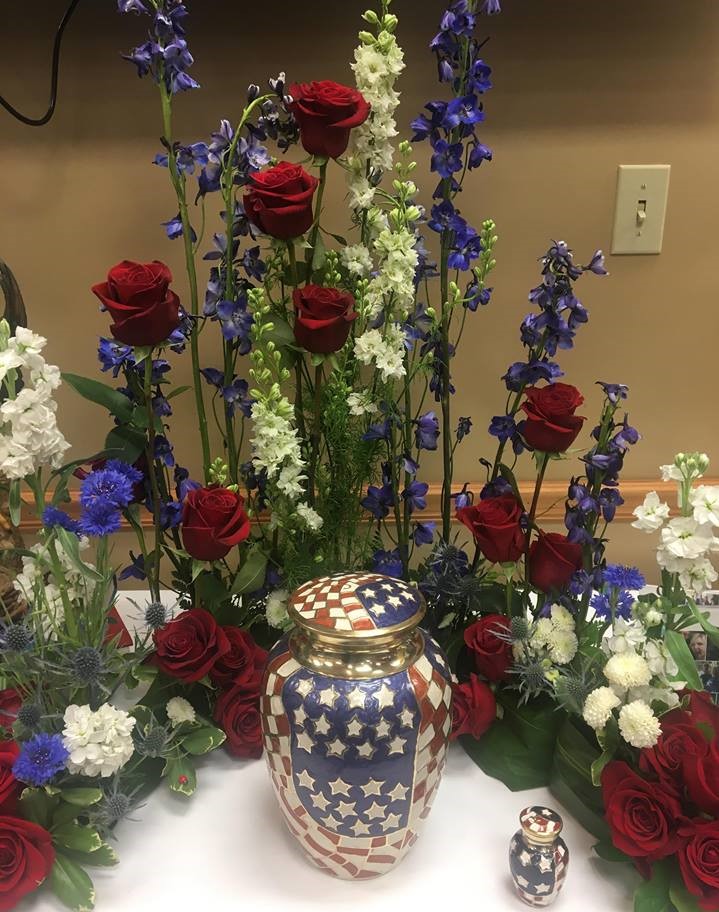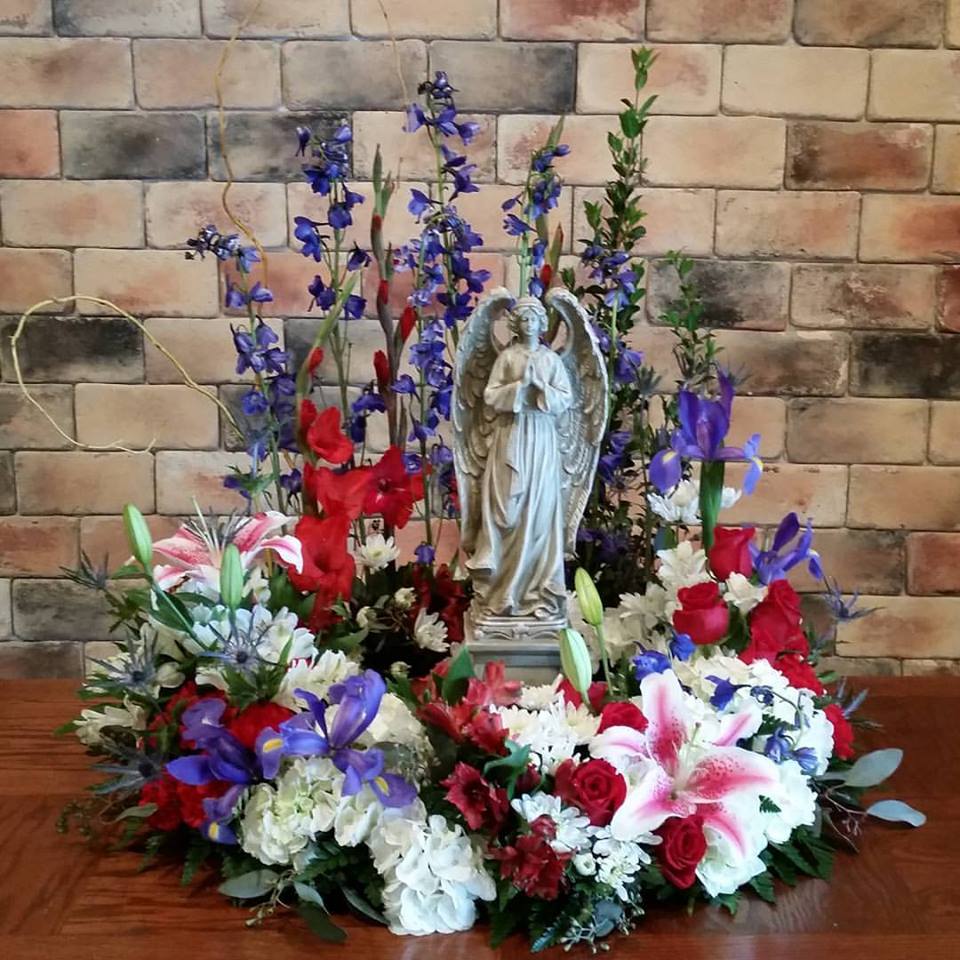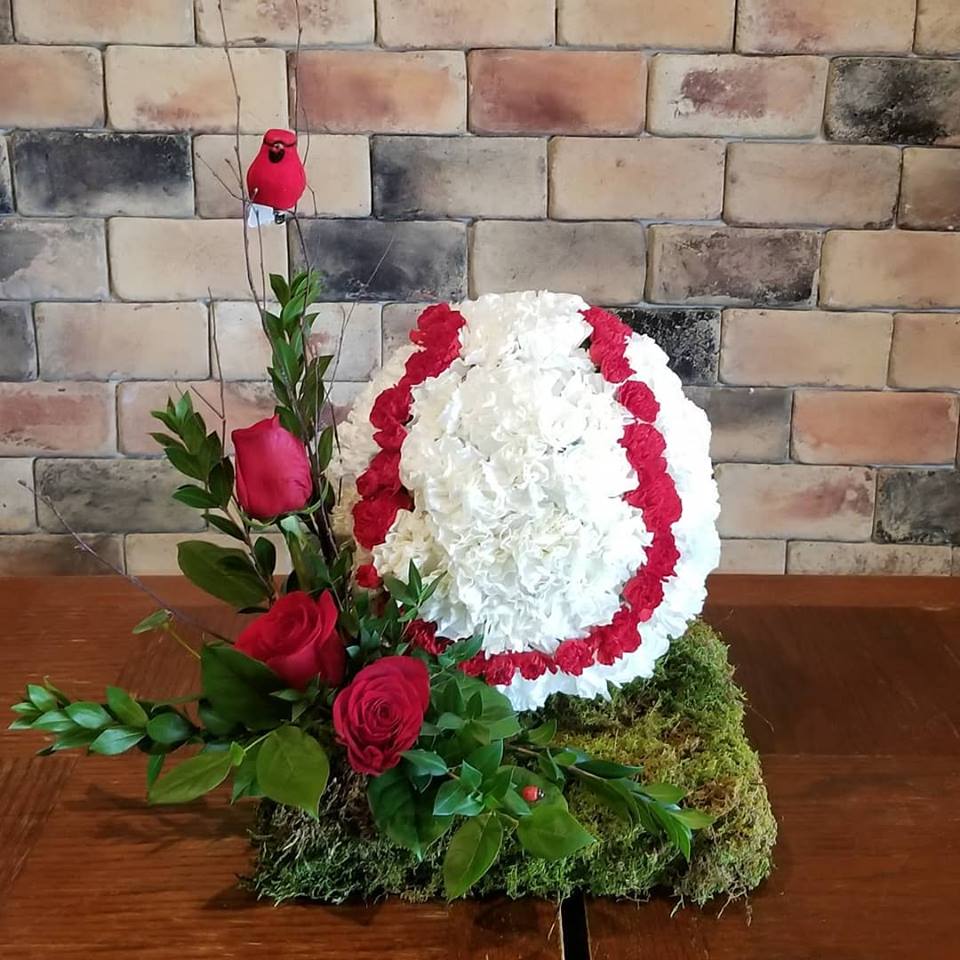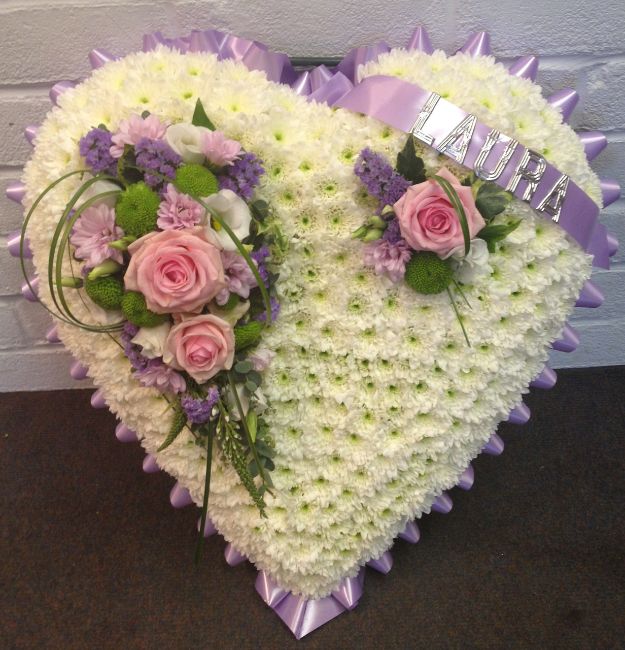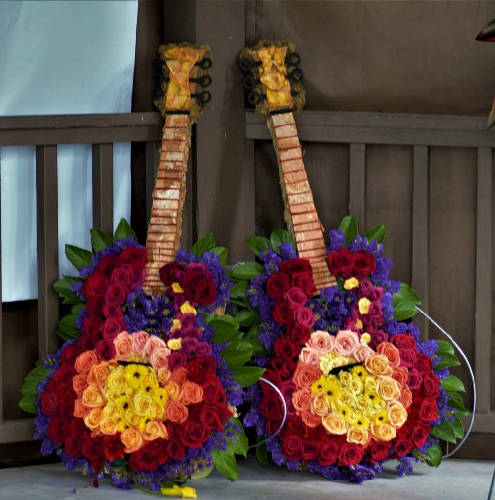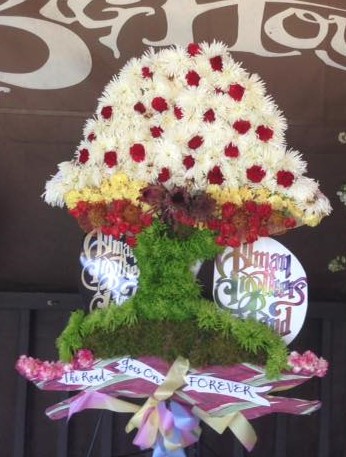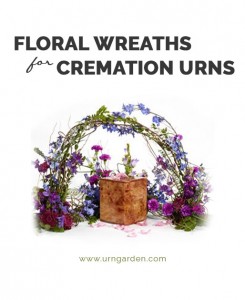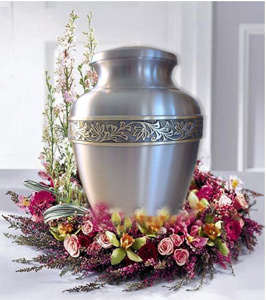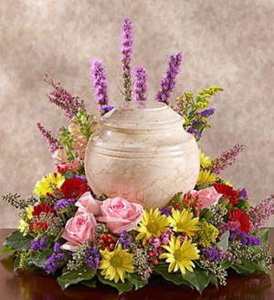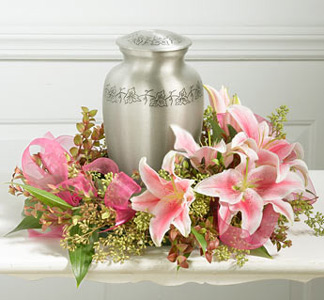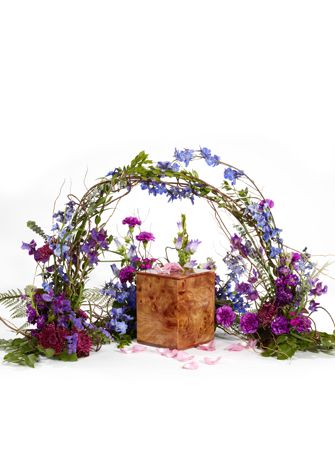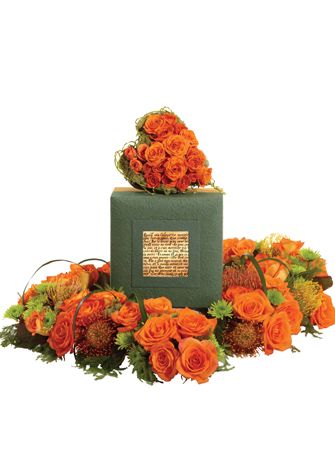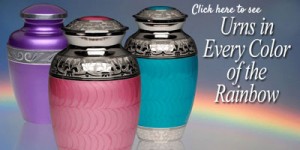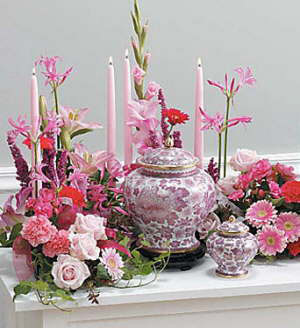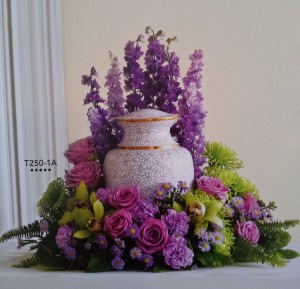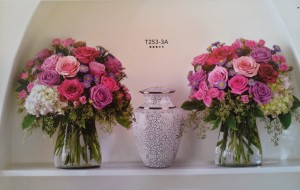A big part of my life involves thinking about the historical roots of our modern funeral practices. Lately, the focus has been on urn wreaths, which is fast becoming a memorial service tradition. Naturally, my mind wandered into the past – to the Victorians first – and then further back to the laurel and olive wreaths of the Greeks and Romans.
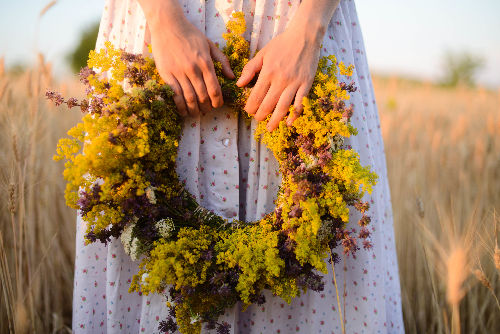
The Symbolism of the Wreath
Venture back a few thousand years and you’ll discover the essence of laurel, myrtle and olive branch wreaths includes the concepts of victory, glory and power. Yet, as Christianity grew, the wreath came to symbolize eternity and the never-ending ‘circle of life.’ In short, during the millennia, the wreath has become deeply symbolic.
What the Victorians Did with Wreaths
When someone died, it was traditional to hang a black mourning wreath were hung on the front door of the family home. Here in the 21st century, there are some folks–like Amy Cunningham, a New York funeral director – who believe this quaint tradition should be revived – and I rather like the idea. Read her “Bring Back the Mourning Wreath” on the Inspired Funeral blog.
We wanted to revive this tradition and now have the black feather mourning wreath and a white angel wing wreath that can be easily hung on the door, wall, or used to adorn a cremation urn. The soft feathers not only symbolize wings of flight, but also help to soften the appearance of a metal urn.
The Victorians took the symbolism of the wreath one step further when they began to create memorial wreaths from the hair of the deceased. Victorian hair art still fascinates us. The author of “Hair Wreaths: a Victorian Mourning Tradition,” a post on the A Grave Interest blog, wrote: “A mourning wreath could be made up of one member’s hair or a composite of an entire family. As family members died, hair was saved…when enough was accumulated; the hair was fashioned into flowers and leaves by twisting and sewing it around shaped wire forms.” The pictures alone–like the one at the left– are well worth a look.
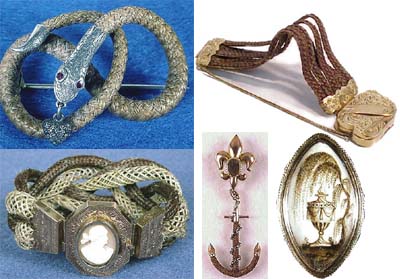
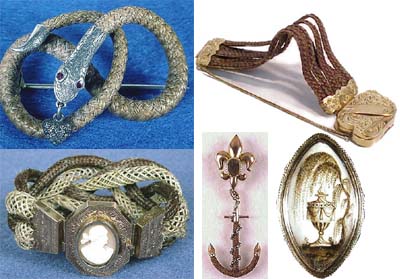
But, as I don’t want to wander too far away from our primary subject: cremation urn wreaths, I’ll stop the history chit-chat right here.
What is an Urn Wreath?
At its most basic, an urn wreath is a circlet of flowers and/or greenery, in which the base of the cremation urn rests. Perhaps it’s only task is to be used as part of a larger – eye-catching– display during the memorial service. But with a bit of forethought, a loved one’s cremation urn wreath can be adapted for display in the home or mausoleum niche.
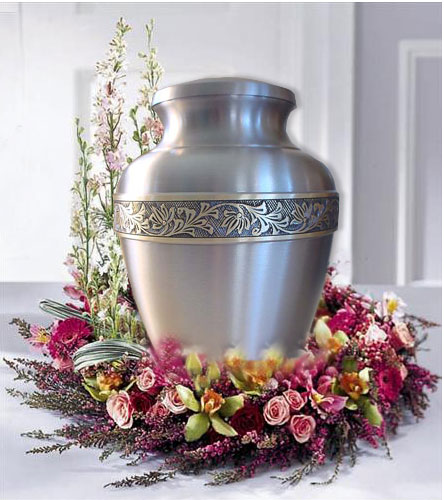
Why Cremation Urn Wreaths are Becoming So Popular
Think back 50 years, when cremation wasn’t as popular as it is today. Most people chose ‘whole body burial,’ which is exactly as it sounds. The deceased would be washed, usually embalmed; dressed and casketed. His or her casket –whether open for viewing the body, or closed – would be the focal point of the funeral.
Things have changed. For many reasons, more and more people are choosing cremation over burial – which leaves a “big, empty space” at the front of any funeral. There’s no longer a casket; just an urn. The questions become “What can we do to draw the eye to the deceased who is, after all, the honored guest at this event?” And, “How can we do that in a way which honors their uniqueness and pays tribute to their memory?” Our long-standing relationship with the symbolism of the wreath, led us to come up with the cremation urn wreath.
Commonly made from greenery and fresh flowers, an urn wreath could be preserved to later adorn the urn when on display in the home or columbarium. There are many online articles regarding the best ways to dry flowers; Check out Popular Science’s online article, “The Best Ways to Preserve Your Flowers” (the link is in Sources section). There are also floral preservation services; an internet search using that phrase can get you to the experts.
How do you obtain a cremation urn wreath? Talk to your funeral director or your favorite local florist. Or, if time permits, and you’re one of those folks who love crafting, get creative. In my mind’s eye, I picture urn wreaths decorated with photos or other small memorabilia. I thought of a wreath made of model trains (for the train enthusiast); or, for the fisherman, an urn wreath decorated with colorful fishing lures. When you stop to think about it – the possibilities are endless!
